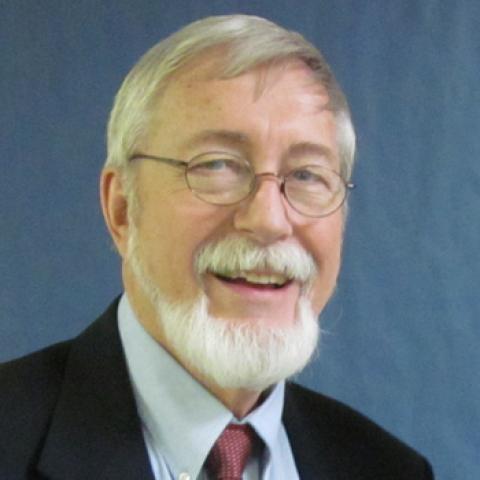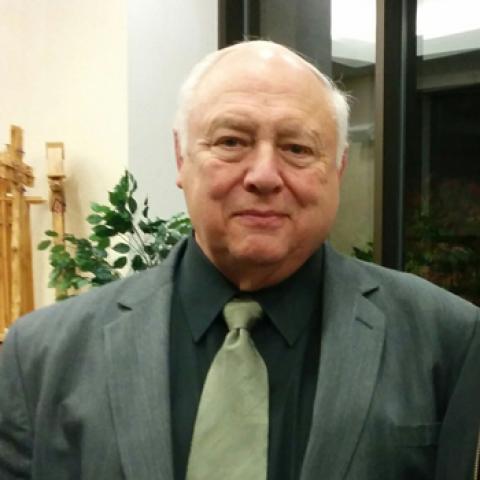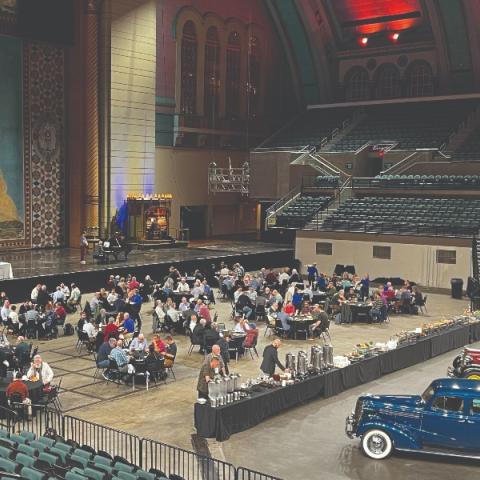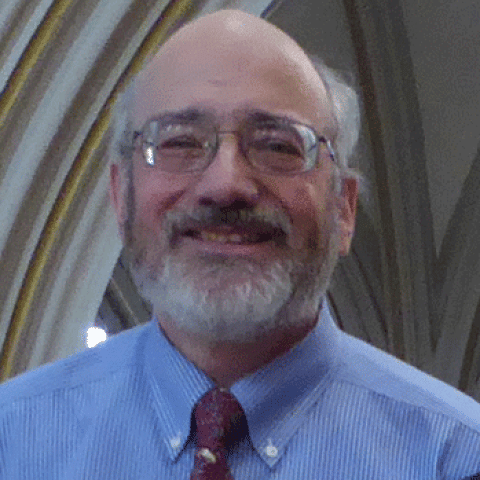
Jan Reagan Rowland died January 18 in Houston, Texas. He was born in Beaumont, Texas, in 1944, attended local schools there, and enrolled at Lamar University in Beaumont, where he studied electrical engineering and enrolled in German language classes. He completed two years of study before being called into the United States Army and serving from 1966 to 1968, where his expertise in speaking German earned him an assignment in Munich, Germany. It was there that he met his future wife, Hanne, and they were married in Berlin in 1969.
As his tour of duty in the army was nearing its end, the United States representative for E. F. Walcker & Cie. of Ludwigsburg, Germany, suggested that Rowland take a job at Walcker so that he could become more useful as a skilled organ installer once he returned to the United States. Rowland worked at Walcker for 35 days in July and August of 1968, then returned to the United States, where two Walcker jobs awaited installation: one in Michigan, the other at Colby College, Waterville, Maine. While in Waterville, Rowland learned of another installation happening at the First Congregational Church in the same town and made a visit to the church, where he met David W. Cogswell, the owner/president of Berkshire Organ Company. Cogswell telephoned Rowland early in 1969 with an offer of a job as factory manager of Berkshire, which Rowland accepted, and within a couple of months he was named executive vice president.
Discussions between Rowland, Cogswell, and others about the costs of travel to Europe to meet with organbuilders germinated the idea of an organization of organbuilding individuals, not companies, and resulted in a convention with no title in Washington, D.C. That gathering in 1973 became the founding of the American Institute of Organbuilders. As an attendee of that convention, Rowland was considered a co-founder of the organization and was designated a charter member.
Later in 1973, concerned about the slow growth of the Berkshire Organ Company, Rowland decided to form his own company with Pieter Visser, who was hired by Berkshire only four months earlier. Houston, Texas, was chosen as the site for the new company, Visser-Rowland Associates.
The company grew as Houston expanded in the 1970s and 1980s, with oil companies creating more jobs and more churches being built. For the next eleven years, Visser-Rowland built dozens of pipe organs for sites from Maine to California. One of the last instruments before Rowland’s retirement from the firm was built for Bates Recital Hall at the University of Texas at Austin. At the time, it was the largest mechanical-action organ pipe organ built by a United States firm, having 67 stops.
Rowland was accepted into membership of the International Society of Organ Builders in 1984 and became a member of the editorial board of the society’s information trade journal, for which he wrote articles on various organbuilding techniques. He often translated articles and speeches of other organbuilders from German into English. He was invited to Europe over two dozen times to the annual International Society of Organbuilders congresses due to his expertise.
In 1984 Rowland started his own shop producing custom drawknobs for many organbuilders in America, Europe, and Japan. However, his real enjoyment came from designing and building special tools and machines for different organbuilders, tools and machines that could not be bought elsewhere.
Rowland was perhaps best known for his intelligence and ability to imagine, invent, and make things work better and more efficiently. He was internationally respected for his designing of a computerized lathe for completing tasks such as shaping drawknobs for pipe organs. This enabled pipe organ builders to cut costs enormously by reducing labor and time, making tens of thousands of hours of tedium and templates obsolete through his inventions. Rowland constructed some of these computerized systems for pipe organ companies in Europe, filling the cargo hold on a plane to ship the devices overseas.
Rowland enjoyed attending the American Institute of Organbuilders convention every year with his wife, Hanne. He was proud that the AIO stayed in business and attracted and taught organbuilders to help each other and keep organbuilding an interesting and unusual business.
Jan Reagan Rowland is survived by Hanne, his wife of 54 years, of Houston, and a sister Karen Rowland Richardson and her husband Ronnie of Beaumont, Texas. A military burial with full honors was held at the Houston National Cemetery on January 30.
—Hanne Rowland
Karen Rowland Richardson
Christopher Lavoie
Other recent obituaries:






